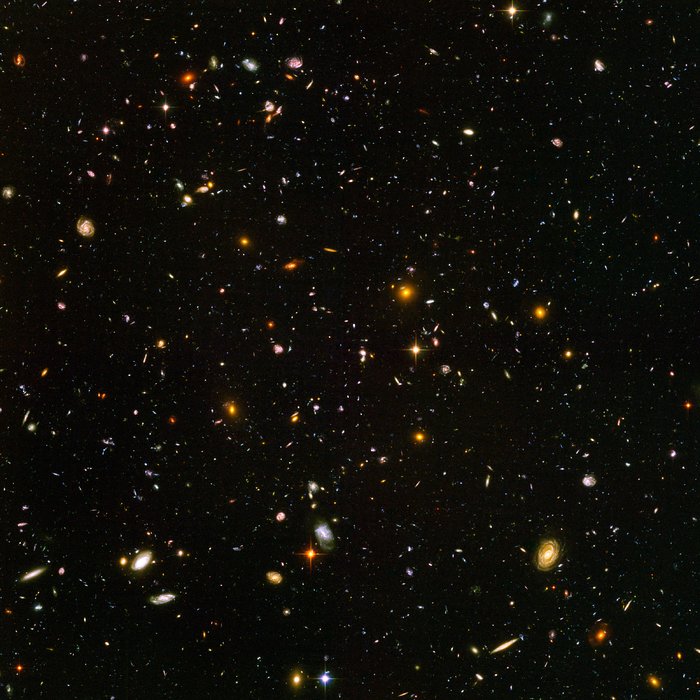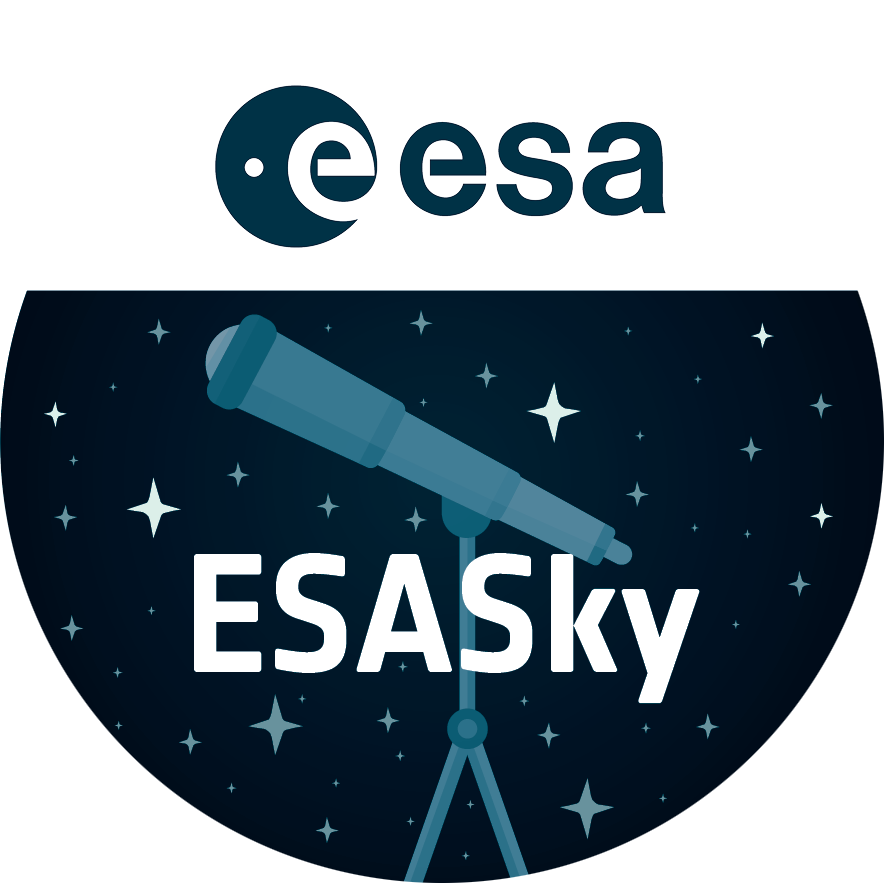Spitzer and Hubble team up to find "Big Baby" galaxy in the newborn Universe [ACS image]
This image demonstrates how data from two space observatories, the Spitzer and Hubble Space Telescopes, are used to identify one of the most distant galaxies ever seen. This galaxy is unusually massive for its youthful age of 800 million years. (After the Big Bang, the Milky Way by comparison, is approximately 13 billion years old.)
The galaxy, named HUDF-JD2, was pinpointed among approximately 10,000 others in a small area of sky called the Hubble Ultra Deep Field (HUDF). This is the deepest images of the universe ever made at optical and near-infrared wavelengths.
Credit:NASA, ESA, B. Mobasher ( Space Telescope Science Institute and the European Space Agency)
About the Image
| Id: | heic0513b |
|---|---|
| Type: | Observation |
| Release date: | 27 September 2005, 19:00 |
| Related releases: | heic0513 |
| Size: | 3100 x 3100 px |
About the Object
| Name: | Hubble Ultra Deep Field, HUDF, HUDF-JD2 |
|---|---|
| Type: | Early Universe : Galaxy : Size : Giant Early Universe : Galaxy : Grouping : Cluster |
| Distance: | z=4.25 (redshift) |
| Constellation: | Fornax |
| Category: | Galaxies |
Classic Wallpapers
Coordinates
| Position (RA): | 3 32 38.91 |
|---|---|
| Position (Dec): | -27° 47' 29.02" |
| Field of view: | 3.10 x 3.10 arcminutes |
| Orientation: | North is 46.5° left of vertical |
Colours & filters
| Band | Wavelength | Telescope |
|---|---|---|
| Optical B | 435 nm |
Hubble Space Telescope
ACS |
| Optical V | 606 nm |
Hubble Space Telescope
ACS |
| Infrared I | 775 nm |
Hubble Space Telescope
ACS |
| Infrared Z | 850 nm |
Hubble Space Telescope
ACS |


